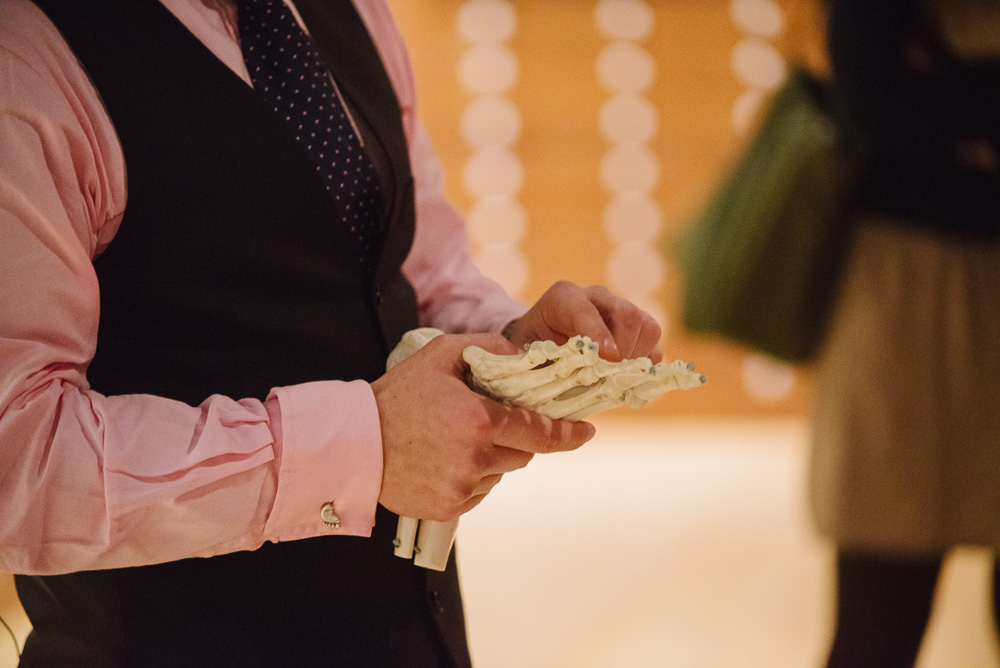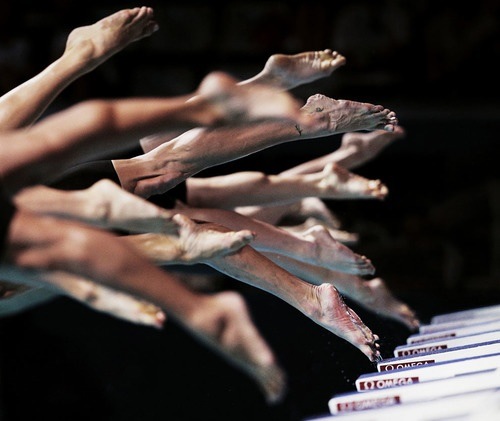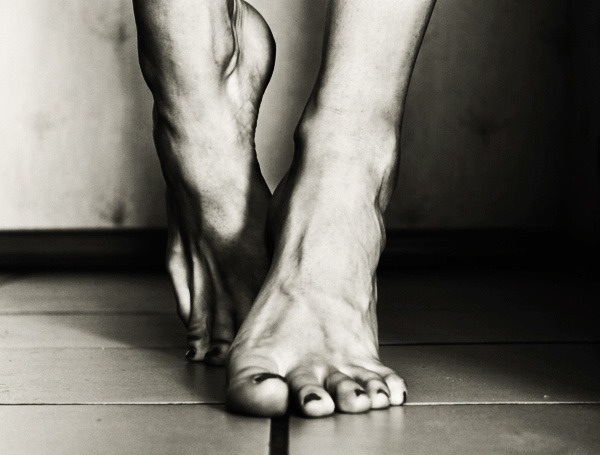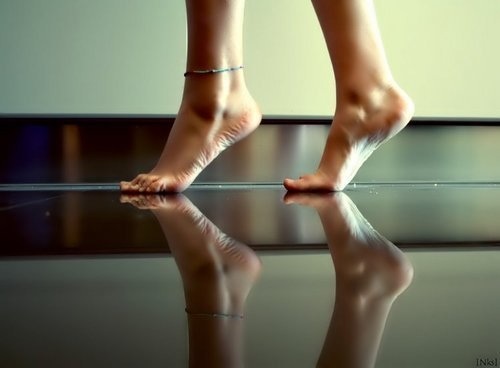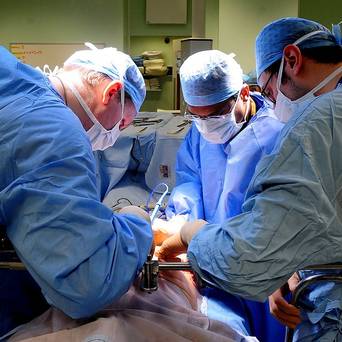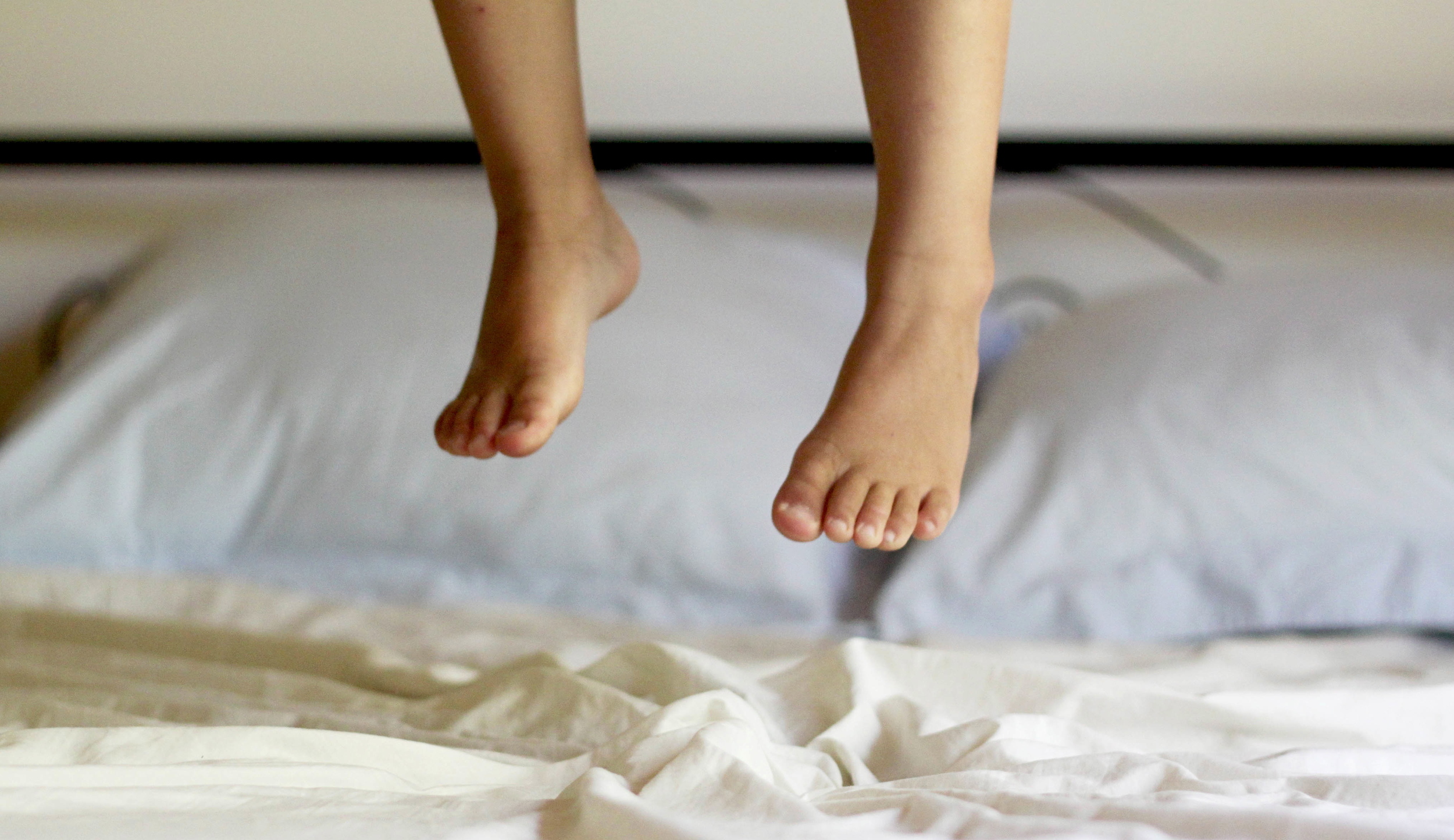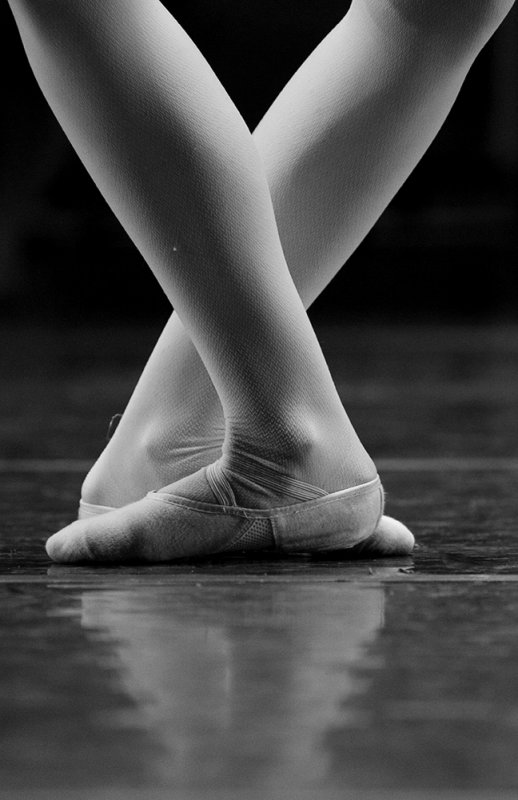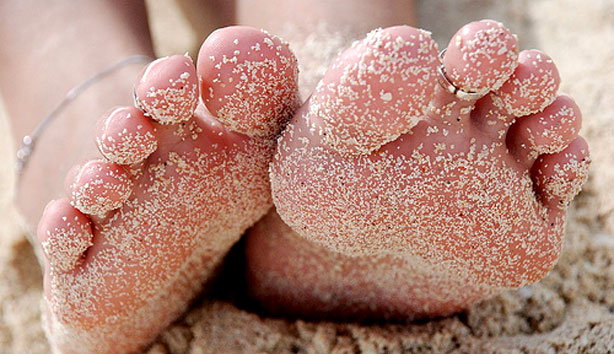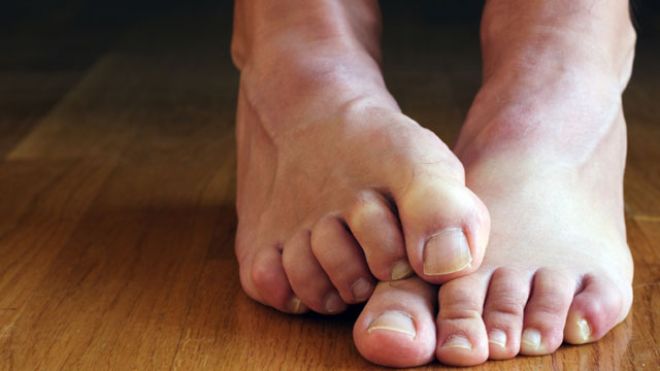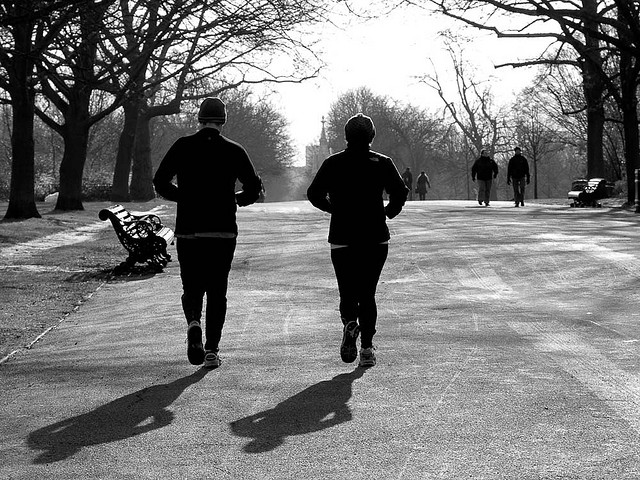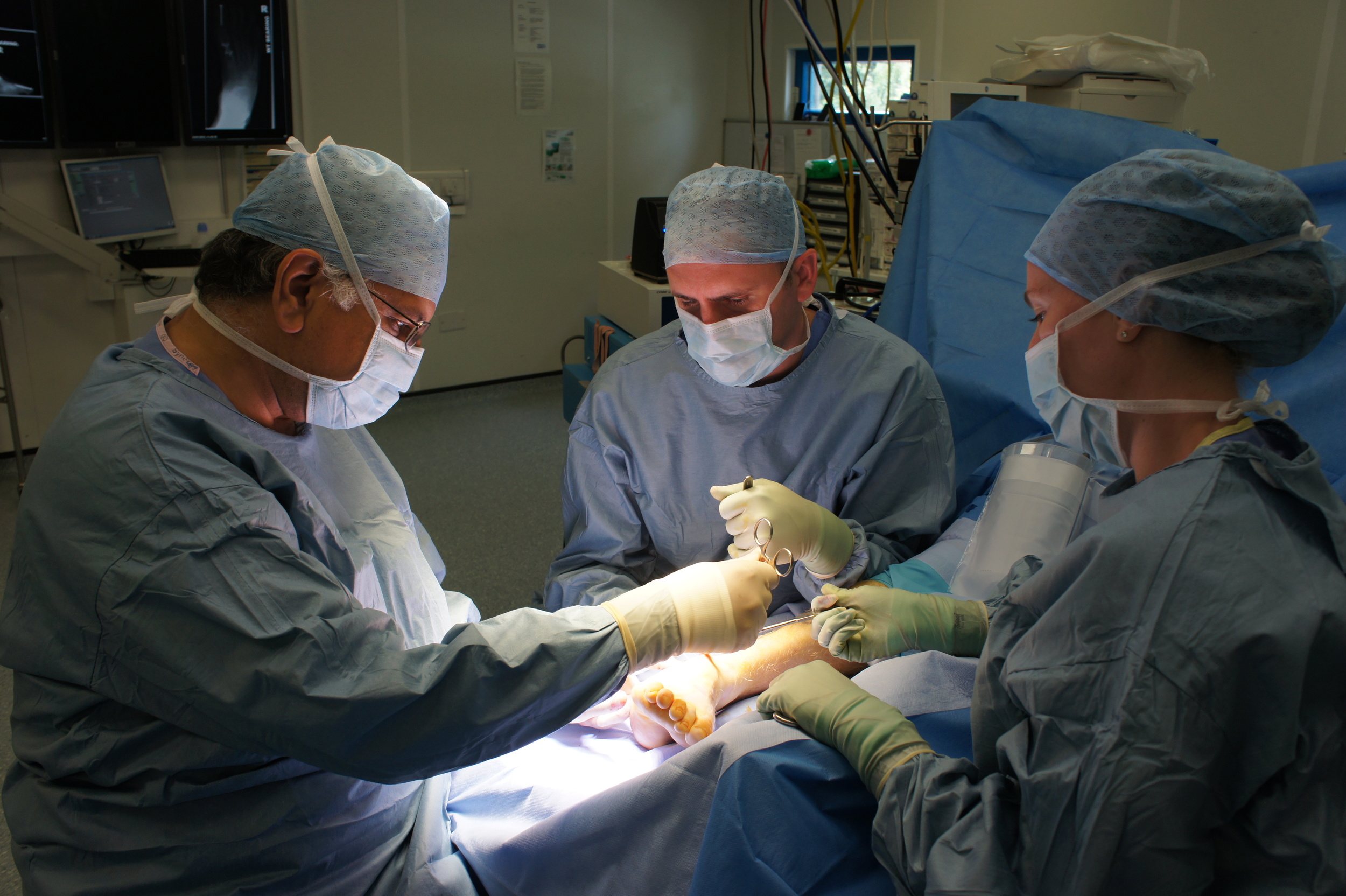Bunions (hallux valgus)
X-Ray of a Hallux Valgus deformity before surgical correction.
What is a Bunion?
A bunion results from a deformity of the big toe. The long bone in the middle of the foot (metatarsal) becomes deviated towards the other foot, whilst the big toe (Hallux) pushes to towards the smaller toes. As a result the joint becomes prominent on the inside of the foot. We call this prominence a bunion. The bunion can often become inflamed if it rubs on shoes. The medical term for this deformity is Hallux Valgus.
What causes bunions?
The majority of bunions are thought to be heriditary, with the condition present in more than one generation of the family. However there are many other possible causes including poorly fitting, tight shoes and diseases of the joints such as osteoarthritis, rheumatoid arthritis and gout.
Will it get worse?
Most of the evidence indicates that the deformity is progressive and deteriorates over time, for this reason, it is more common with increasing age
What are the common symptoms?
- Deformity
- Pain
- Redness
- Swelling
- Difficulty finding shoes
Is there anything that I can do?
Yes! there are several things that you can do that might relieve your symptoms:
- Wear good fitting shoes
- Avoid high heels
- Wear a pad over the bunion
Will splints and spacers and exercises help?
Although there is a bewildering array of devices available non of these have shown to be effective in correcting the deformity.
What I leave my bunion alone?
The symptoms may well settle, especially if you are careful with shoes. The deformity does tend to progress but often this is at a slow rate.
What happens if I’m still in pain?
If the non-operative treatments have not managed your symptoms effectively, surgery to correct the deformity can be considered.
How does surgery correct the deformity?
X-Ray of a Hallux Valgus deformity after surgical correction with a scarf osteotomy.
Historically, there are a multitude of operations described to correct Hallux Valgus deformities. The simplest involves removal of the painful prominence on the side of the joint. However, this does not correct the underlying deformity, will not resolve any deeper joint pain and the deformity inevitably recurs.
Modern surgical techniques aim to correct the deformity by realigning the metatarsal (metatarsal osteotomy) and hallux( Akin osteotomy) so that the toe is straight. We most frequently perform an operation called a scarf osteotomy, this involves cutting the metatarsal bone, realigning it and fixing it in a corrected position with screws, this fixation helps make you more mobile and comfortable after your surgery and stops the bones from re-deforming.
The bone cut to the base of the big toe (an Akin osteotomy) helps fine tune the correction ensuring that the big toe is optimally corrected.
With very big deformities sometimes a fusion (surgical fixation) of the joint at the base of the metatarsal, in the middle of the foot (1st TMT joint) needs to be performed , this does not affect movement in the big toe, but will reduce the chance of the bunion deformity recurring, this is called a ‘Lapidus’ procedure.
In severe cases of arthritis, more destructive joint procedures are necessary which involve fusing (surgical fixation) the joint so that it no longer moves..
I have heard it is very painful.
The nature of the operation means that there will be pain and swelling, usually worse the night after surgery. However, with modern surgery, anaesthetic techniques and pain killers, pain is generally well controlled. The level of pain experienced varies greatly from patient to patient with most patients experiencing very little discomfort. Your swelling and pain is best managed by keeping your foot elevated as much as possible in the first week or two following surgery.
Will I have to have a general anaesthetic?
Only if you’d prefer one. Many of these procedures can performed under local anaesthetic. It is a common concern that you may feel pain during an operation but this is not the case it would not be possible to perform the operation if you felt pain.
Will I have to stay in hospital?
Bunion surgery can safely be performed as day surgery and you can usually go home the same day.
Will I have to have a plaster cast?
No plaster cast is required following most modern bunion surgery. You will be encouraged to mobilize in a sandal which is especially designed to offload the front part of your foot so that you walk placing your weight through your heel.
Are there potential complications?
There are risks and complications with all operations and these should be discussed in detail with your specialist. With bunion surgery there is a small risk that you be left with some stiffness and pain and in a small percent of corrections, the deformity can reoccur over time. This small degree of risk is why it is not advisable to have surgery if the deformity is not painful and does not limit your walking. A thorough examination of your foot is important so that these complications can be minimised.
Although every effort is made to reduce complications, these can occur. In addition to the general complications that can occur with foot surgery, there are some specific risks with bunion surgery:
- The toe may not be perfectly straight.
- The toe may be stiffer than before the operation, which could affect the heel height of the shoes you wear. Whilst this may improve it can be permanent.
- You may get discomfort in other parts of your foot during the recovery period. This generally settles.
- A small number of patients get overloading beneath the ball of the foot / small toes due to reduced function of the big toe joint. This is known as transfer pain or metatarsalgia. If this is permanent, special insoles or further surgery may be recommended
- There is always a possibility that the deformity may return in later life.
How quickly can I wear shoes after the operation?
In the majority of cases, you will able to walk straight away using the special sandal, you will usually be able to wear wide shoes with a firm sole (a training shoe is ideal) between 4 and 6 weeks. Return to ‘normal footwear is usually possible by 12 weeks.
Swelling generally starts to reduce at 6-8 weeks and the foot will be beginning to feel more normal at 3 months although the healing process continues for 1year.
Following some operations, (such as the lapidus fusion mentioned above) you may be required to wear the sandal for longer.
When can I drive again?
Generally at 6-8 weeks post operatively you should be comfortable enough to perform an emergency stop and return to driving but you should always check with your insurance company first.
When can I return to work?
If you are able to get a lift and have a job that is not active and you can elevate your foot, you may be able to return after 2-4 weeks. Generally, patients return to work between 4-8 weeks depending on the type of job, activity levels and response to surgery.
When will I be able to return to sport?
Although the healing process continues for up to 1 year, you should be able to return to impact type activity at around 3 months. This will depend on the type of operation you need and how you respond to surgery.
What about minimally invasive surgery?
Correction of your bunion through small incisions is an attractive proposition. The downside is reliability of the correction and the fixation, failure of either will lead to mal-alignment which is often extremely difficult to treat. The advent of modern techniques such as the ‘scarf osteotomy’ is a response to the relatively high complication rates seen in the multitude of historical bunion operations (over 100different procedures!). Modern bunion surgery, such as the scarf osteotomy, allows us to more reliably and accurately correct the bunion deformity and prevent re-deformity it is the gold standard by which other operations should be judged. It remains to be seen whether minimally invasive surgery will provide reliable and comparable results with low complication rates. A similar vogue for Minimally invasive hip and knee surgery has since lost favour due to unacceptable complication rates. Watch this space!
Be sociable..share!








